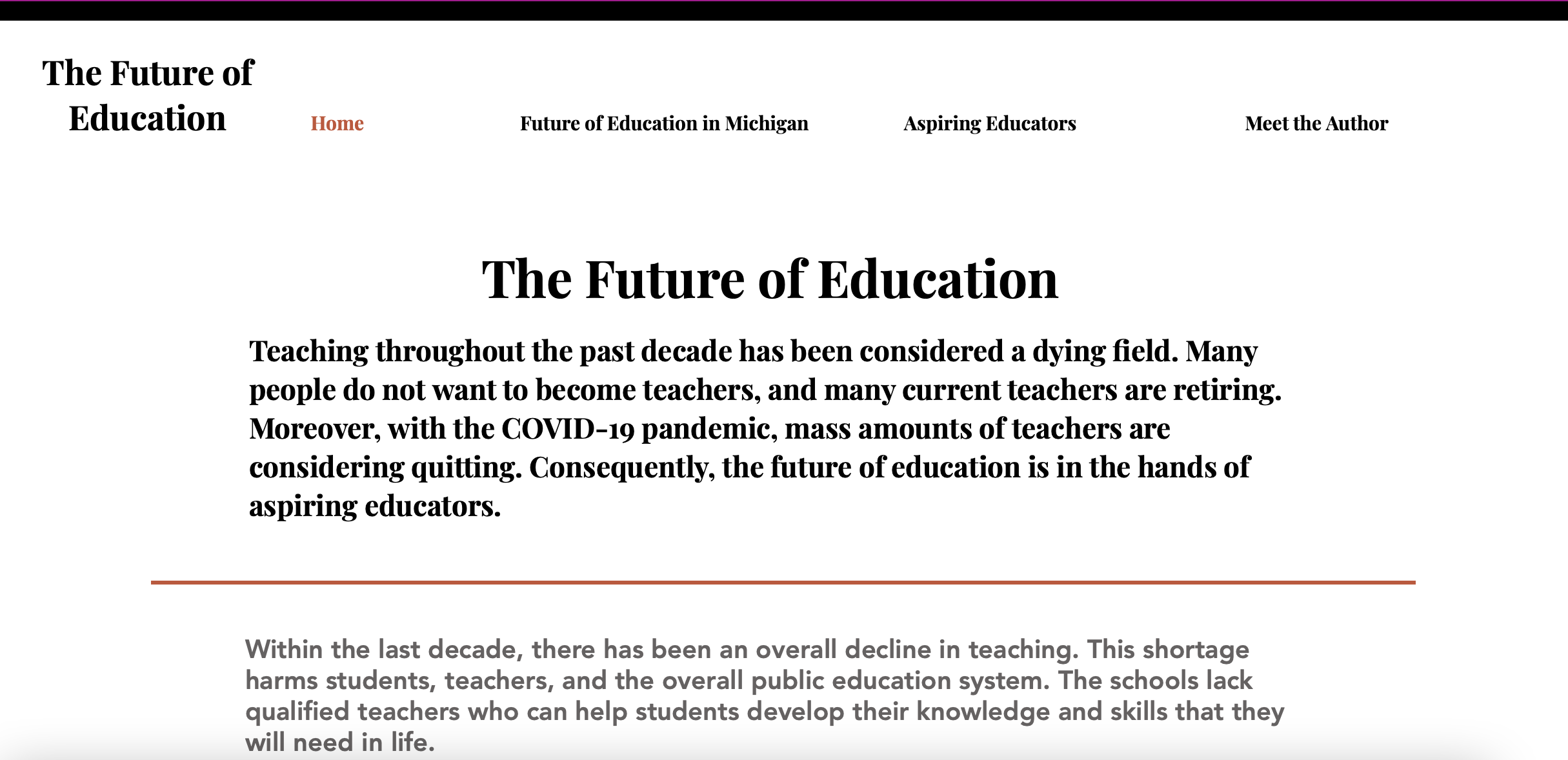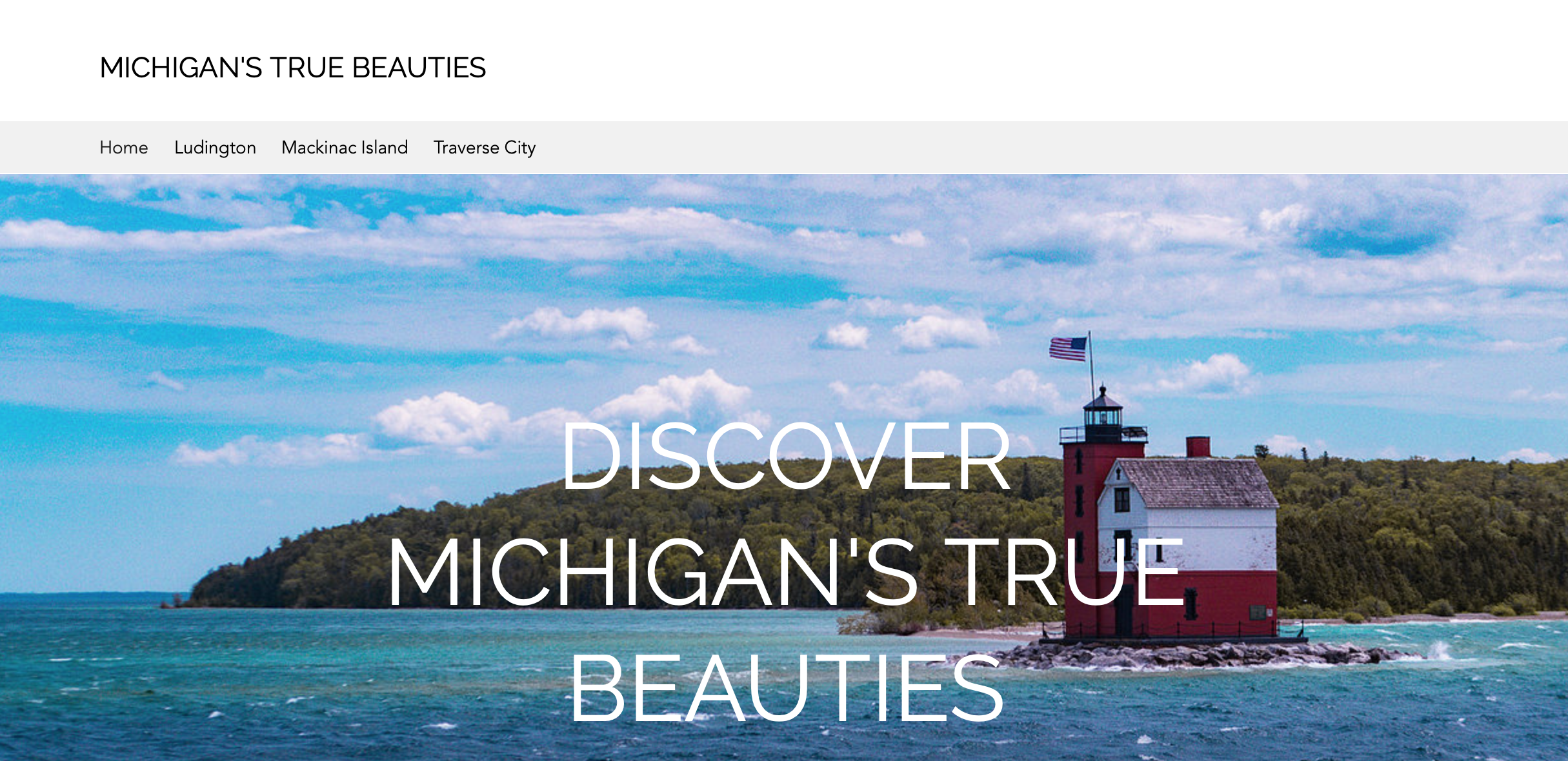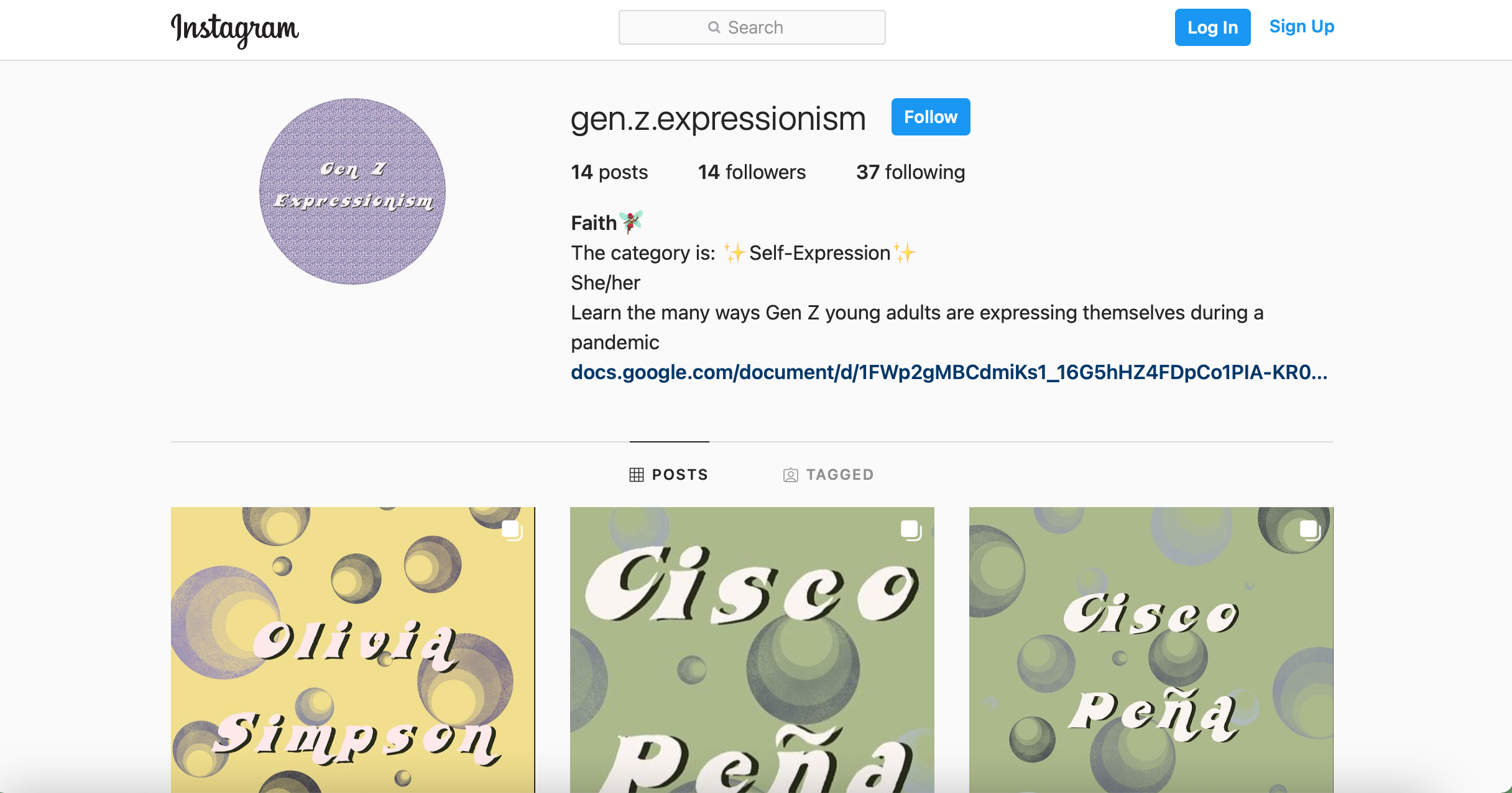9 Digital Storytelling
“Don’t get too comfortable with the present. Journalism is ever-changing, more so than many other fields. Solid writing skills, flexibility and curiosity go a long way in helping one adapt.”
– Sally Banner
Learning Objectives
Type your learning objectives here.
- To gain familiarity with the new frontier of digital storytelling.
- To more deeply appreciate the use of multimedia in storytelling.
If we look back through the history of journalism, we’ve come full circle. Historically, journalism was narrative by nature. This all changed with the advent of the telegraph, as the speed that information travelled increased exponentially, as did the volume of stories the general reader had at their fingertips. This changed the nature of news journalism and unfortunately, the purpose of it. Information was valued over story. Now, we find that the meaning is lost without the story, and so the narrative framework and longform journalism has reestablished a more prominent role in major networks and publications.
With the advent of the internet and digital media, we have an abundance of new tools and methods for storytelling, and documentaries, podcasts, etc. are incredible vehicles for narrative journalism. As digital platforms get more sophisticated, so do the ways in which storytelling takes place. Now we have VR, interactive, storymaps, and social media stories that include multiple forms of media and engage us in never-seen-before ways. In doing so, there is a larger diversity of voices and stories from all corners of the world. This is the future of narrative journalism, and it would behoove any aspiring narrative journalist to immerse themselves in this new format of digital storytelling. The Online Journalism Awards archives is the perfect place to start, but let’s look at a few student examples, two of which take the form of websites, and one that is presented through Instagram:
Brooke’s piece of digital storytelling focuses on the future of education, and it incorporates a strong balance of primary and secondary research, and it wonderfully integrates multimedia sources in order to tell a more complete and engaging story.
Autumn’s piece highlights the use of visual media while embracing the blog format to draw the reader in and allow them to connect to the human experience situated in place. This piece nicely draws together elements of digital storytelling and place-based journalism to inspire us to explore more of the state of Michigan.
Faith’s piece of digital storytelling in an incredible artistic sequence of character profiles all put together through the social media platform, Instagram. Not only does this appeal to a new generation of readers, but it allows Faith to reflect her personality and style through the angle and scope of the piece, and in doing so, we not only learn about the story subjects and their style, but more general trends of expressionism and fashion popular with Generation Z in 2020.
All of these examples speak to the creativity and opportunity that exist within digital storytelling. As pieces of narrative journalism, all of the same concepts and strategies still apply: the philosophy of ethics, the importance of thorough primary and secondary research, the role of angle and scope, and the possibilities that exist for your own storytelling when applying the elements of fiction to narrative nonfiction work.
Media Attributions
- Screen Shot 2021-08-31 at 12.17.10 PM
- Screen Shot 2021-08-31 at 12.17.27 PM
- Screen Shot 2021-08-31 at 12.19.51 PM



